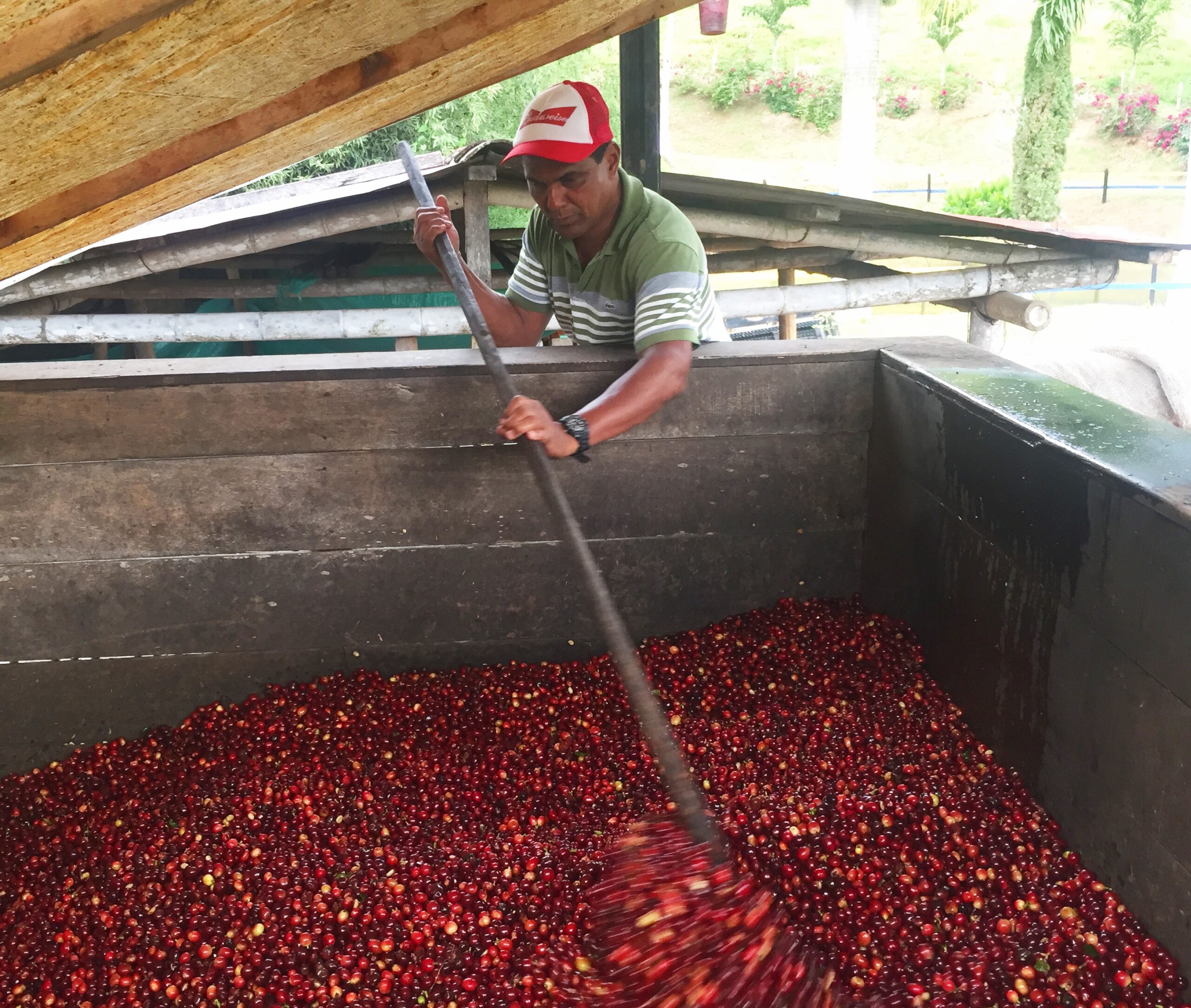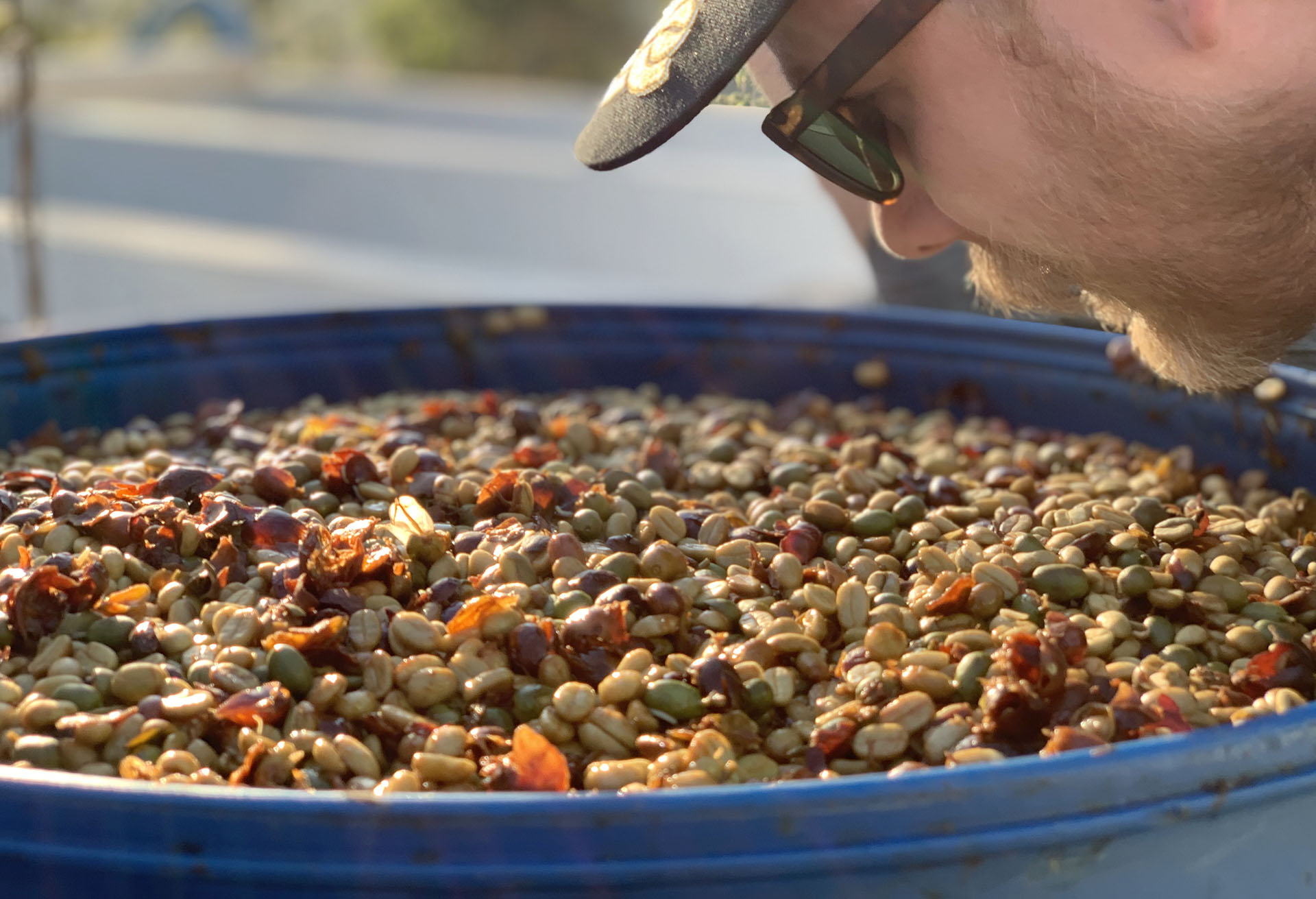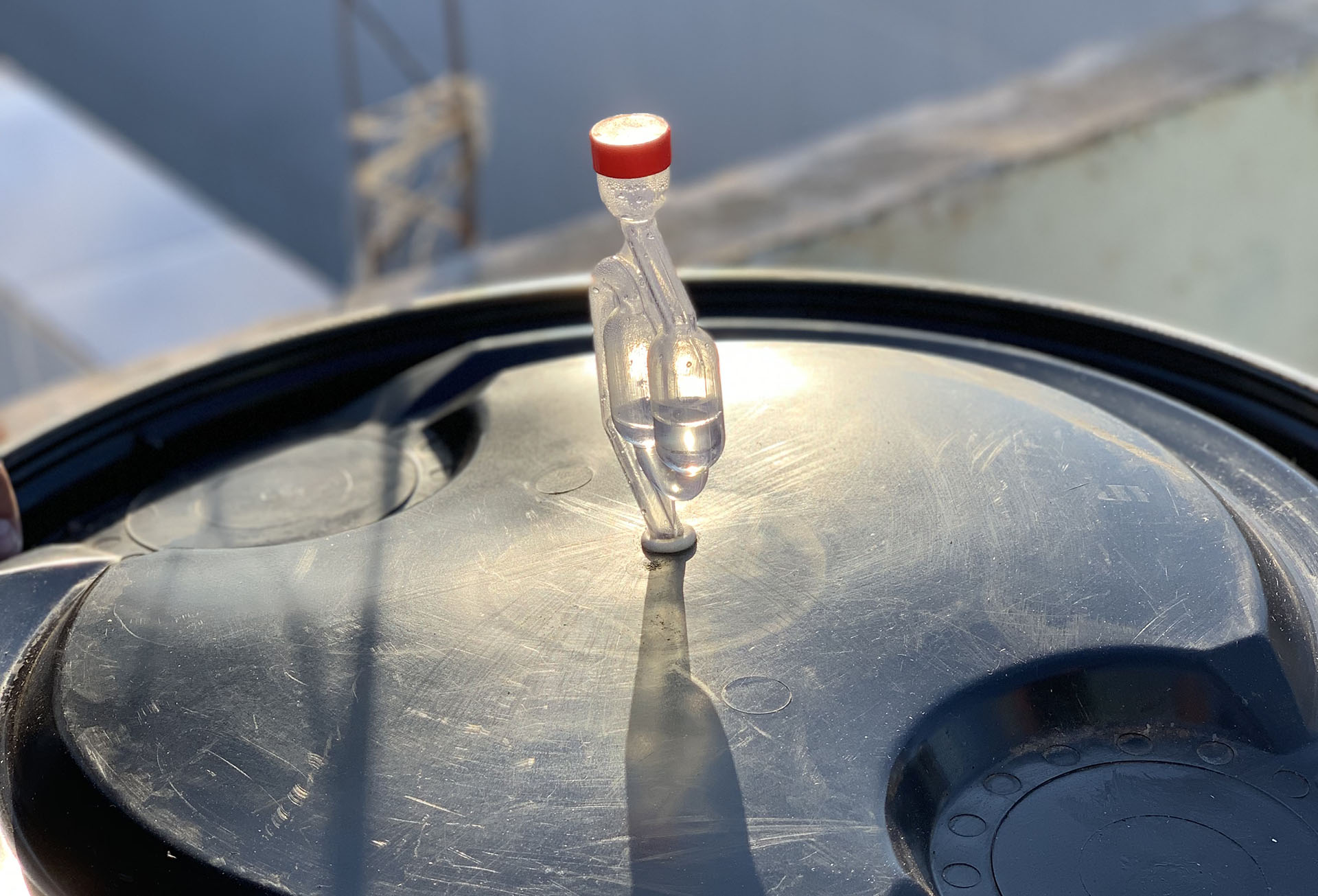If you’re into the weird and wonderful when it comes to coffee, Anaerobic Coffee Processing is a new term you might have seen cropping up on coffee bags recently, including our own Haraz Collective! This process, also known as Anaerobic Fermentation, is a new method some producers have been implementing to seek out new and exciting flavours in a coffee. All coffee undergoes a period of fermentation once it is picked but by making some adjustments in this vital stage, a coffees flavour profile can completely change.



